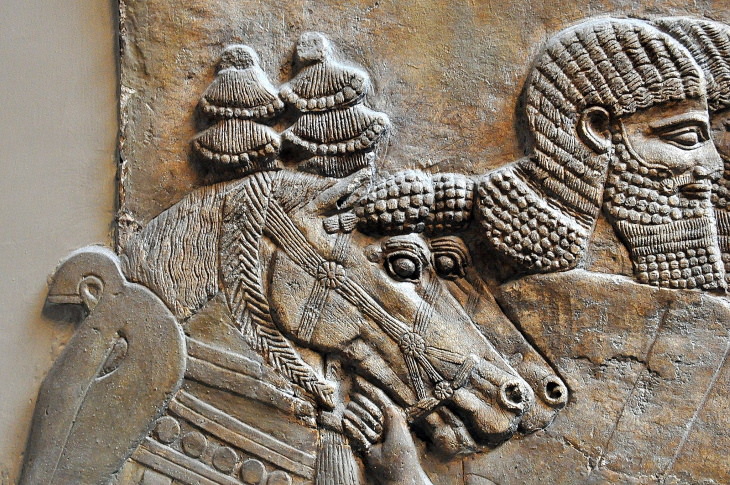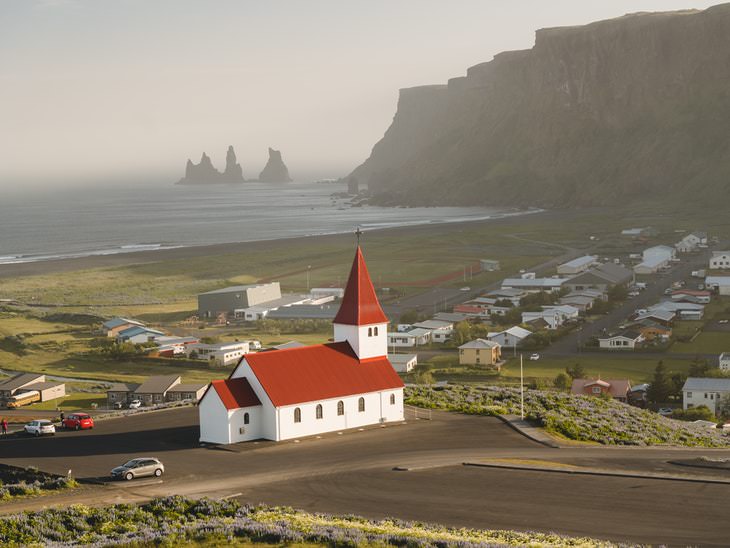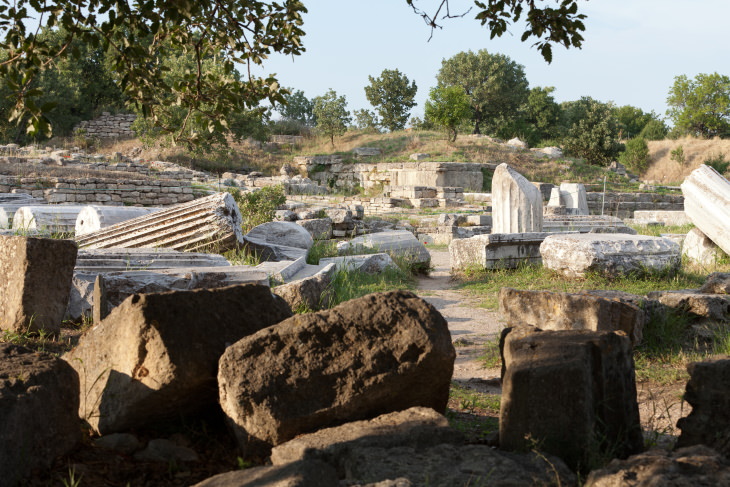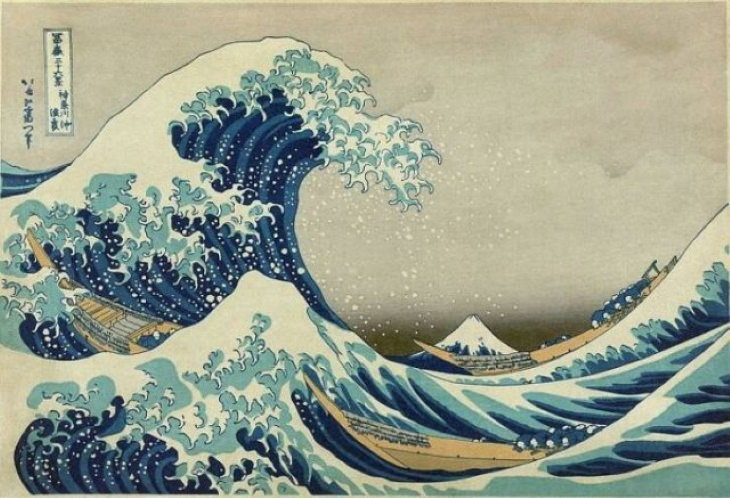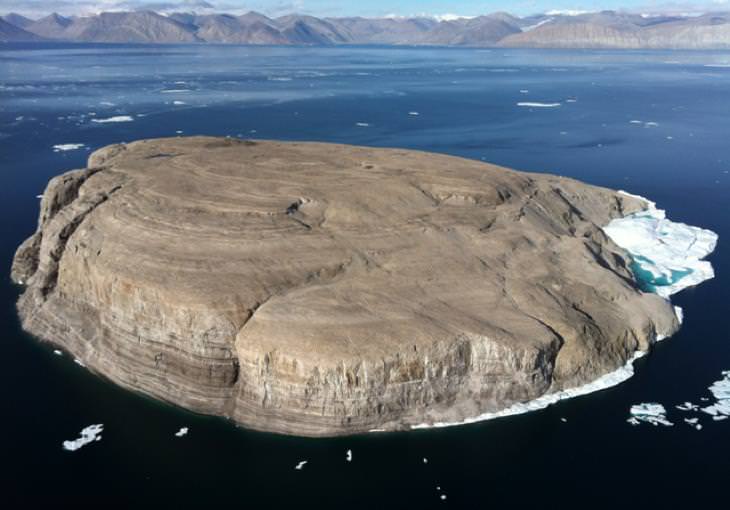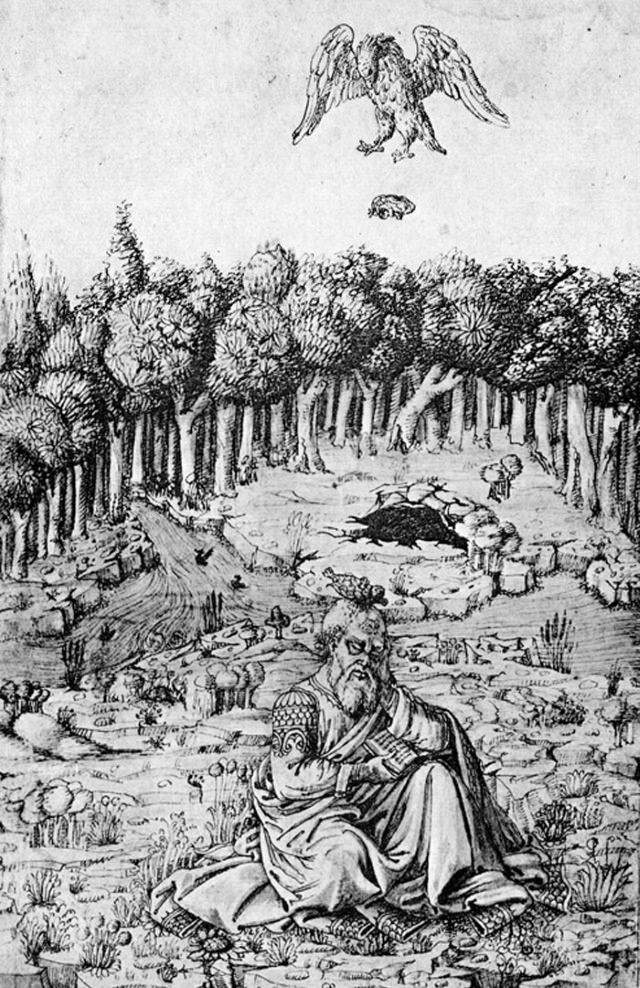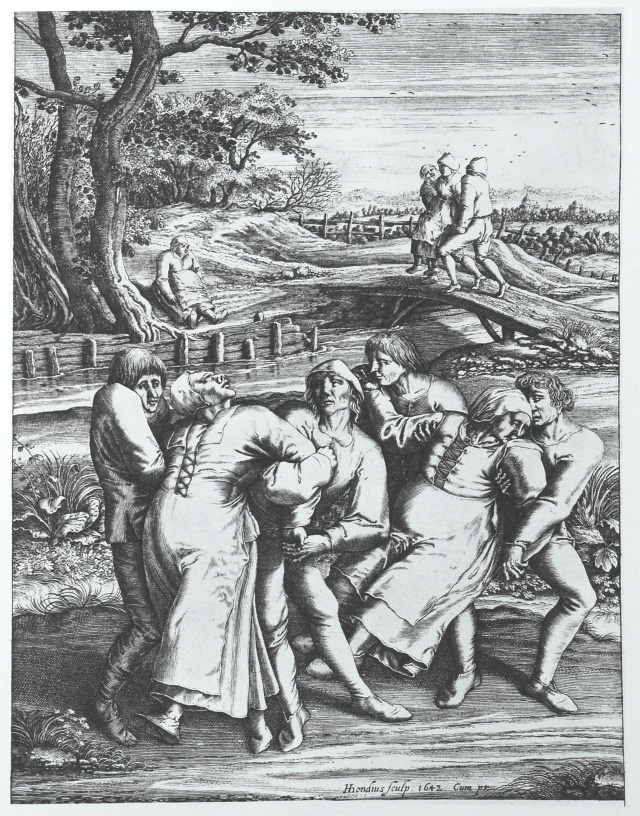1. The gardener-turned king
In the year 1861 BC, king Erra-Imitti ruled over the small Sumerian city of Isin, now southern Iraq. One day, the royal priests proclaimed that an upcoming celestial event, a dark omen, predicted the king’s imminent death. As a way to trick the will of the stars, the king went into hiding and crowned a commoner, the gardener by the name of Enlil-Bani, as the substitute king, who would be executed as a way to trick the prophecy.
But things didn’t go according to plan; while in hiding, Erra-Imitti choked to death on a bowl of porridge. The gardener-turned-king seized the moment and refused to give up the throne, arguing that his rule was by the gods. Thus, Enlil-Bani became the new king and founded a new dynasty.
2. The solar eclipse that ended a war
The Lydo-Median war was a six-year conflict between the Lydian kingdom, now in modern Western Turkey, and the Medes, an ancient Iranian people. In 585 BC, the two armies gathered at the Battle of Halys. Suddenly, mid-combat, the day turned into night and both parties stopped fighting.
The solar eclipse was interpreted as an omen, and the two sides negotiated a peace agreement, ending the war. The battle was described by the Ancient Greek historian Herodotus and is now known as The Battle of the Eclipse.
3. Icelandic language
We’re all widely aware of the fact that languages are subject to constant change. In English, you don’t have to open Chaucer’s Canterbury Tales to find proof of that phenomenon; it’s well enough to listen to how kids today speak. But not all languages change as fast as English.
Isolated languages retain their original form for a longer time - in some cases, for hundreds of years. This is exactly why speakers of Icelandic can still read and understand the old Icelandic Sagas today. The fascinating fact is that these sagas, known as the Eddas, were written 800 years ago.
4. The ruins of Troy
The story of the Troyan War is a widely-known historical fact today, but this wasn’t always the case. In fact, for centuries, European historians believed that Homer’s Iliad was pure fiction. Little did they know that the city of Troy was hiding beneath their feet all along. The ruins of the “mythical” city were rediscovered in 1871, in present-day Turkey. Interestingly, the area where the ancient city was located had been excavated before, but the ruins of Troy were beneath a more recent excavation.
5. The construction of the Golden Gate Bridge
In the 1930s, building a bridge was a dangerous and sometimes fatal job. For example, 24 workers died while the San Francisco-Oakland Bay Bridge was built in 1933-1936. In this regard, the construction site of the Golden Gate Bridge was quite remarkable. Supervised by Joseph Baermann Strauss, the chief engineer of the Golden Gate Bridge, the construction site featured novel safety equipment the likes of which were not used in America before.
The most revolutionary part was the safety net designed to catch falling workers. This project cost $130,000 dollars, a precious sum during the Great Depression. But Strauss fought for his vision and got the net approved, which ended up saving the lives of 19 workers. The death toll of the construction of the Golden Gate Bridge was 11 workers, a record low at the time.
6. The Great Wave off Kanagawa
This painting is widely considered to be the most recognized work of Japanese art in the world. The famous painting is a woodblock print by the Japanese artist Hokusai, published between 1829 and 1833. The masterpiece depicts a giant wave threatening the boats beneath, with Mount Fuji in the background.
But you already knew all that, so what’s the catch? Well, most people don’t know that the famous painting is just the first print in Hokusai's 36-piece series titled Thirty-six Views of Mount Fuji. The series depicts Japan’s most famous mountain from various perspectives at different times of the year.
7. That time NASA’s satellite crash-landed in Australia
In 1973, NASA launched Skylab, their first orbital space station. The project was eventually abandoned, and it ended up crash landing on Earth. The satellite ended up crashing on a sparsely-populated rural area in Australia. The landing caused no injuries or damages, but NASA wasn’t off the hook, as the Australian government ended up charging the organization with a $400 littering fine as a fun gag. What makes this whole story even funnier is that NASA never ended up paying the fee.
8. The island of discord
Did you know that Canada and Denmark have been at war since 1984? The dispute occurred over Hans Island, a small barren island in the Kennedy Channel. The two countries haven't been able to decide who owns the island since the 1930s. But since 1984, there’s a funny tradition on this “island of discord.”
Every year, each country’s military visits Hans Island, take down the flag of the other country and plants their own flag on the island. Next to the flag, they leave a note welcoming the next visitors and a bottle of liquor. The Canadians leave whiskey while the Danes leave schnapps. This is positively the most fun dispute in history.
9. The death of the Father of Greek Tragedy
Aeschylus was an Ancient Greek author and the father of tragedy as a genre in drama. In line with the genre he favored, the famous author met his demise in a tragic and utterly unlikely way. It is said that Aeschylus died of a skull fracture caused by a vulture dropping a tortoise on his head. The bird usually opens tortoise shells by dropping them on hard objects, and it is said to have mistaken the author’s bald head for a rock.
10. The Dancing Plague of 1518
In 1518, the city of Strasbourg, in modern-day France, was struck by a mysterious illness. No, it wasn’t the plague or any other malaise common at the time. This was a different kind of illness, started by a woman who suddenly started dancing and continued to do so for days. Soon, as many as 400 other people had joined her. This was no jolly dance, but a compulsion that didn’t allow the participants to stop dancing.
As many as 50 people died of malnutrition, exhaustion, and heart attack in what came to be known as the Dancing Plague of 1518. To this day, we don’t know if this was a case of mass hysteria or something else. According to one theory, the affected individuals could have ingested rye bread contaminated with ergot, a toxic mold that causes convulsions and hallucinations.
Share these amazing facts with family and friends!

